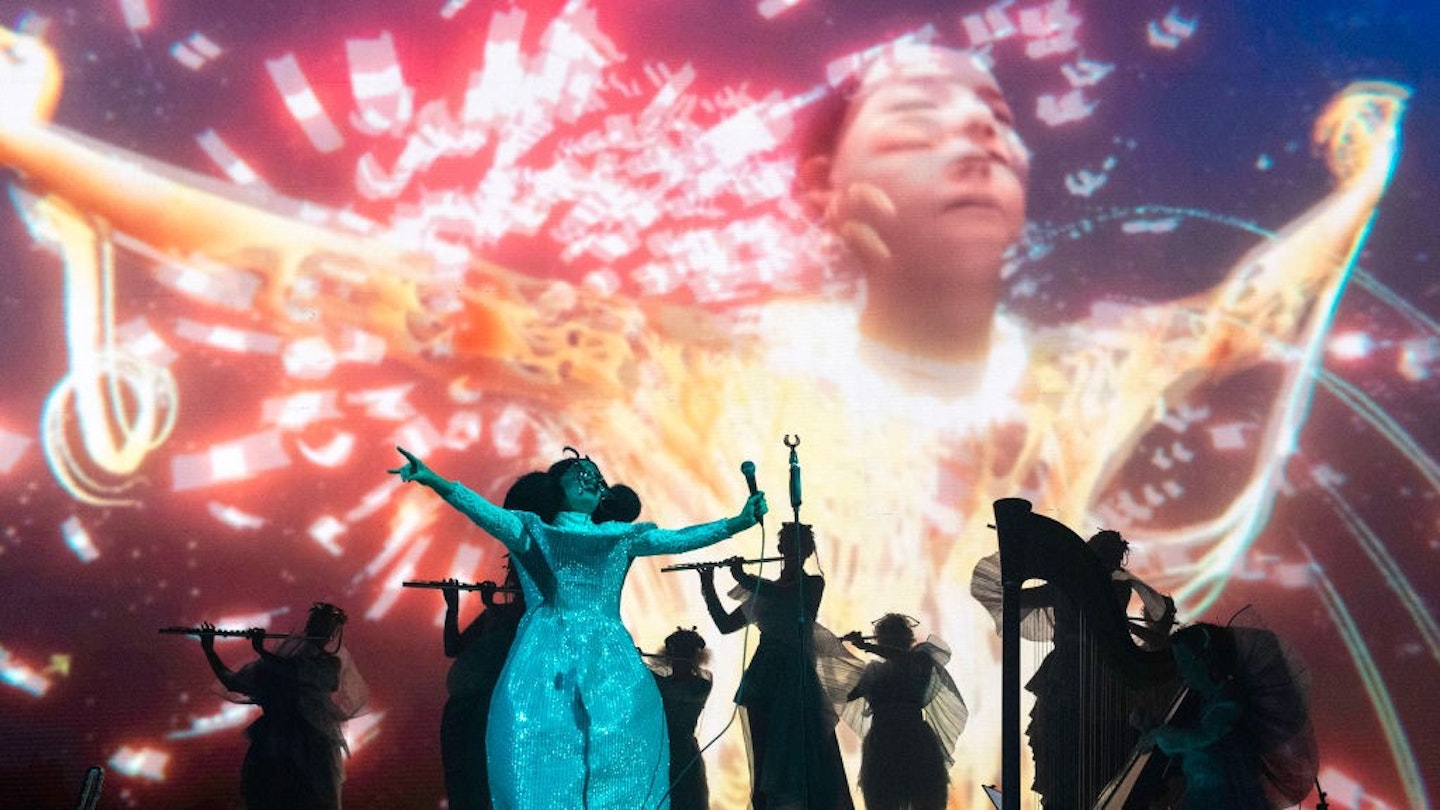Iceland blows away concerns. Its small population isn’t worried about isolation or continuous winter darkness; instead, they focus on their glowing passion for music and all things cultural.
From its earliest high-action medieval sagas, recited aloud, to the present day where many Icelanders play in a band, the country produces a disproportionate number of world-class musicians across various genres. Their creativity and influences—such as the grand landscape, Reykjavík life, and capricious weather—blend in a unique manner with the literature and sounds of yore.
Unique Singing Styles Dominated Through the Middle Ages
Until rock and roll arrived in the 20th century, Iceland was a land practically devoid of musical instruments, with singing as the sole form of music.
The most notable song styles were rímur—poetry or stories from the sagas performed in a low, eerie chant (used by bands like Sigur Rós)—and fimmundasöngur, which involved two singers harmonizing. Isolated from other influences, Icelandic singing styles changed little from the 14th to the 20th century, maintaining harmonies considered sinful elsewhere in Europe.
You can find choirs throughout Iceland performing traditional music, with various compilation albums showcasing Icelandic folk songs or rímur.
Early Lyrics Influenced by Eddic and Skaldic Poetry
Lyric writing in Iceland dates back to the earliest days, as settlers brought their oral poetic tradition from Scandinavia. The first writings appeared on parchment in the 12th century.
Eddic poetry was composed in free, variable meters similar to early Germanic poetry. The well-known Hávamál, for instance, extols common life virtues, with proverbs still quoted today. Skaldic poetry, created by skalds (court poets), mainly celebrated Scandinavian kings with tightly structured lines filled with vivid descriptions.
One of the most renowned skalds was anti-hero Egil Skallagrímsson, who, facing execution in 948, composed Höfuðlausn (Head Ransom) for his captor, thus earning his freedom.
Instrument Usage in Iceland Until the 20th Century
The Vikings brought instruments like the fiðla and langspil, which were essentially zithers played with a bow, but these were primarily for accompanying singers. The arrival of harmonicas and accordions in the 19th century marked a change, although most instruments remained unknown until the 20th century. This shift is depicted in the film Djöflaeyjan, which illustrates the lives of Icelandic families after WWII.
Iceland’s First International Hits in the Late ’80s
In the late 20th century, the Sugarcubes emerged as Iceland’s first modern internationally recognized musicians, achieving fame with their 1988 album, Life’s Too Good, featuring the hit single “Birthday.” This band was part of the influential Reykjavík indie label, Bad Taste (Smekkleysa), fostering Icelandic artistic talent.
Björk’s Contemporary Songs with Historic Icelandic Roots
Following the Sugarcubes’ disbandment in 1992, lead vocalist Björk embarked on a solo career, showcasing a diverse range of styles from her platinum debut album to her recent work in Fossora (2022). Her song “Sorrowful Soil” draws inspiration from a 17th-century Icelandic hymn, reflecting Iceland’s rich musical heritage.
The Interplay of Music and Other Creative Arts
Björk exemplifies how many Icelandic musicians excel in multiple art forms, also being an actress and fashion icon. Ragnar Kjartansson, another notable creative, combines painting, acting, directing, and music. Artistic showcases can be found at the Reykjavík Art Museum and during the annual Reykjavík Arts Festival.
Sigur Rós and Traditional Icelandic Sounds
The band Sigur Rós followed Björk to international acclaim, gaining recognition for their unique sound and vocal style. Their groundbreaking album Ágætis Byrjun (1999) and subsequent work cemented their position in the global music scene. They continue to innovate, having recently toured internationally with a full orchestra supporting their latest album, Átta (2023).
Iceland’s Indie-Folk Successes
With a deep-rooted folk music tradition, indie-folk bands thrive in Iceland. Of Monsters and Men achieved US chart success in 2011 with their album My Head Is an Animal. Similarly, KALEO and singer-songwriter Ásgeir Trausti have made indelible marks on the international stage.
Reykjavík’s Lively Music Scene Today
Reykjavík boasts a dynamic music scene filled with new bands and sounds. Local music festivals such as Iceland Airwaves showcase a blend of local and international talent. The city serves as a melting pot for diverse musical styles, including electronica and hip-hop, highlighted by artists like Ólafur Arnalds and the growing popularity of local rappers.





